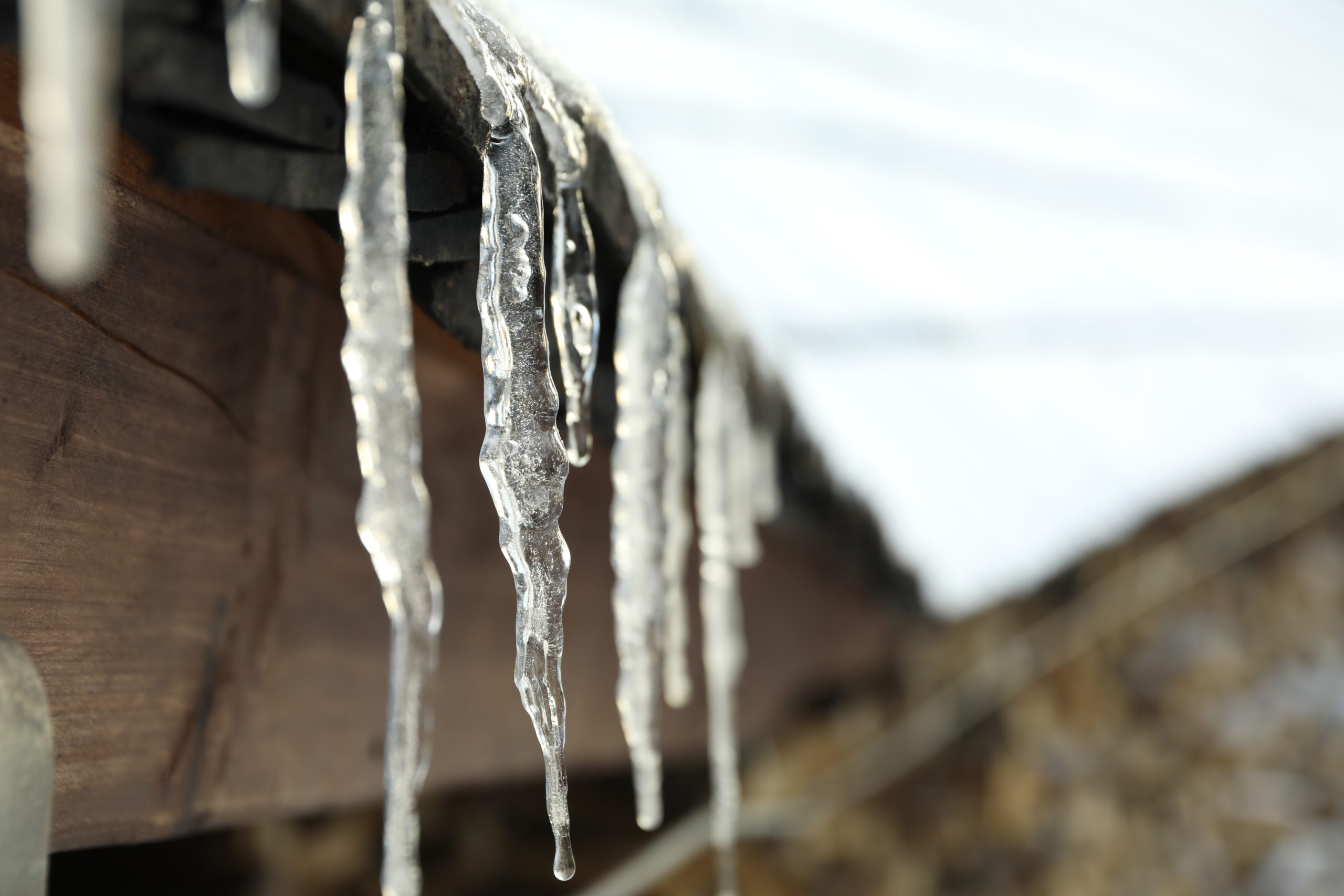Winter weather, particularly snow, can bring some unique challenges to home maintenance and improvement tasks, including gutter installation. Homeowners and contractors often face the question of whether it’s feasible or advisable to install gutters during snowy conditions. This blog explores the considerations, methods, and precautions for installing gutters in the snow.
Can You Install Gutters in the Snow?
The straightforward answer is yes, you can install gutters in the snow, but it comes with cautions. While not ideal due to safety concerns and potential for compromised installation quality, gutter installation can be completed in snowy conditions if necessary. It requires careful planning, the right tools, and adherence to safety protocols to ensure effective and safe installation.
What Should You Not Do When Installing Gutters?
When installing gutters, especially in winter, there are certain practices to avoid:
- Do Not Rush the Installation: Rushing can lead to improper installation, which is more critical in winter due to the added weight of snow and ice that gutters must handle.
- Avoid Ignoring the Weather Conditions: It’s important to choose a relatively clear and calm day for installation, even in winter, to ensure safety and effectiveness.
- Do Not Overlook Gutter Slope: The gutter slope minimum is crucial for proper drainage. Incorrect sloping can lead to water pooling and increased pressure on the gutters, especially when snow melts.
Can Gutters Be Done in Winter?
Gutters can indeed be installed in winter, but it requires special considerations. The cold temperature can make certain materials more brittle and difficult to work with. Installers need to be cautious with tools and materials to avoid breakage. It’s also essential to ensure that the roof and ground are safe and free of ice and snow to prevent accidents.
How to Install Guttering and Downpipes
Installing guttering and downpipes in the winter, particularly in snowy areas, involves several steps:
- Safety First: Clear the roof and ground area of ice and snow. Use safety equipment such as harnesses, ladders with stabilizers, and non-slip boots.
- Material Handling: Be gentle with materials, as cold weather can make them more brittle. Store materials in a warmer area before installation.
- Check for Roof Damage: Before installation, inspect the roof for any damage or weak spots that could be exacerbated by new gutter installation.
- Proper Sloping: Ensure the gutter slope minimum is met to allow for efficient drainage.
- Secure Installation: Secure gutters and downpipes firmly to accommodate the additional weight of snow and ice they might hold.
How Cold is Too Cold to Install Gutters?
There isn’t a definitive temperature at which it becomes too cold to install gutters, but generally, temperatures below freezing point can pose significant challenges. Extremely cold temperatures can increase the risk of injury and make materials more difficult to work with. It’s best to aim for installation on days when the temperature is above freezing, if possible.
Gutter Installation in Snowy Conditions
In snowy regions, specific strategies can make gutter installation more feasible:
- Prepare the Area: Clear snow and ice from the installation area and ensure stable footing.
- Use Insulated Tools: Insulated tools can help prevent hands from freezing, making the installation process more manageable.
- Heated Work Space: If possible, having a heated workspace or area to store materials can help prevent them from getting too cold.
How to Install Gutters in Snow Country
Installing gutters in snow country requires additional considerations:
- Choose Durable Materials: Opt for materials that can withstand the harsh conditions, such as aluminum or steel.
- Consider Snow Load: Ensure that the gutter system is designed to handle the weight of accumulated snow and ice.
- Snow Guards: Installing snow guards on the roof can help manage snowfall and reduce the burden on gutters.
Conclusion
While installing gutters in the snow presents its challenges, it is achievable with the right approach and precautions. It’s essential to prioritize safety, choose the right materials, and ensure proper installation techniques to handle the unique demands of winter weather. By following these guidelines, you can successfully install gutters even in snowy conditions, ensuring your home is well-protected throughout the winter months.

